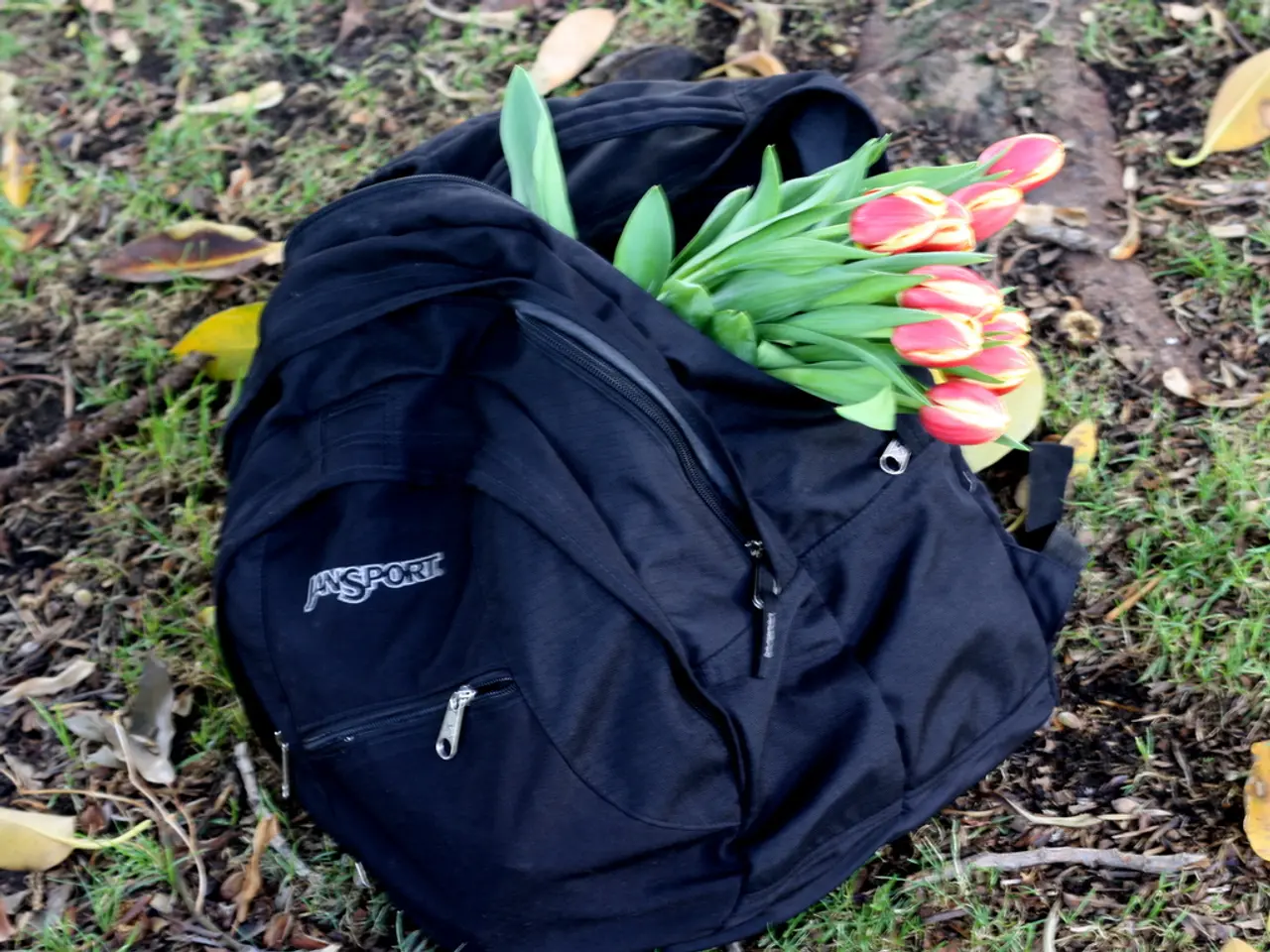The Superiority of Grow Bags Over Regular Plastic Planters Explained
In the world of gardening, fabric grow bags are becoming a popular choice for many gardeners. These reusable and portable planters offer numerous advantages over traditional plastic containers, particularly when it comes to promoting healthy root development and disease prevention.
One of the key benefits of fabric grow bags is improved root health. Unlike plastic pots that can restrict airflow, fabric grow bags allow air to reach the roots, promoting air pruning. This natural process stops roots from circling and encourages the growth of many fine root hairs, resulting in stronger, healthier root systems and better nutrient absorption.
Another advantage is better drainage. The porous nature of fabric pots prevents water from pooling, reducing the risk of overwatering damage and root rot, common issues in plastic containers with limited drainage. Fabric grow bags also promote aeration, improving oxygen availability to roots, which supports faster and stronger plant development.
Temperature regulation is another advantage of fabric grow bags. They help protect roots from overheating by allowing heat to dissipate more effectively than plastic, which can trap heat. Fabric grow bags are also portable and versatile, making them easy to move around the yard and store when not in use.
In contrast, plastic planters tend to restrict airflow to roots, which can cause circling roots, slower growth, waterlogging, and overheating of roots. Plastic also often retains moisture longer, which can both benefit and challenge watering regimes but typically leads to poorer root aeration.
Fabric grow bags also help minimize exposure to soil-borne pathogens and diseases, providing a clean, contained environment away from ground soil. They are available in two types: fabric grow bags for seedlings or young plants and fabric planters for fully-grown plants.
Quality fabric bags may come with extra components like zippers, handles, or Velcro straps, which could affect their performance. It's advisable to stick to fabric bags with simple designs to avoid potential issues with these components. Fabric pots are reusable and best used for growing most types of vegetables, including tomatoes, cucumbers, hot or sweet chili peppers, and green beans.
To extend the life of fabric grow bags, they should be cleaned and dried completely before storage. High-quality fabric planter bags are sturdy and can withstand climate changes, unlike clay pots that may crack under extreme heat. Some fabric planter bags are UV-protected to prevent breaking apart during extended exposure to the sun.
Fabric grow bags are made from BPA-free, breathable material, usually double-layer polypropylene. They minimize soil erosion that could affect plant growth while also protecting the plants' delicate root systems from rot. Fabric grow bags allow excess water to pass through the material without washing away the soil.
Fabric grow bags are widely available in stores that sell gardening supplies, both online and offline. They are perfect for balcony or urban gardens due to their space-saving nature and are ideal for growing plants with shallow root systems. So, if you're looking to boost your garden's health and productivity, consider making the switch to fabric grow bags.
According to the discussion, fabric grow bags, popular in both lifestyle and home-and-garden gardening, provide several advantages over traditional plastic containers. These include improved airflow for better root health, promoting air pruning and preventing circling roots, as well as better drainage and temperature regulation, minimizing overwatering damage and root rot. Furthermore, fabric grow bags offer a clean, contained environment to protect plants from soil-borne diseases.




